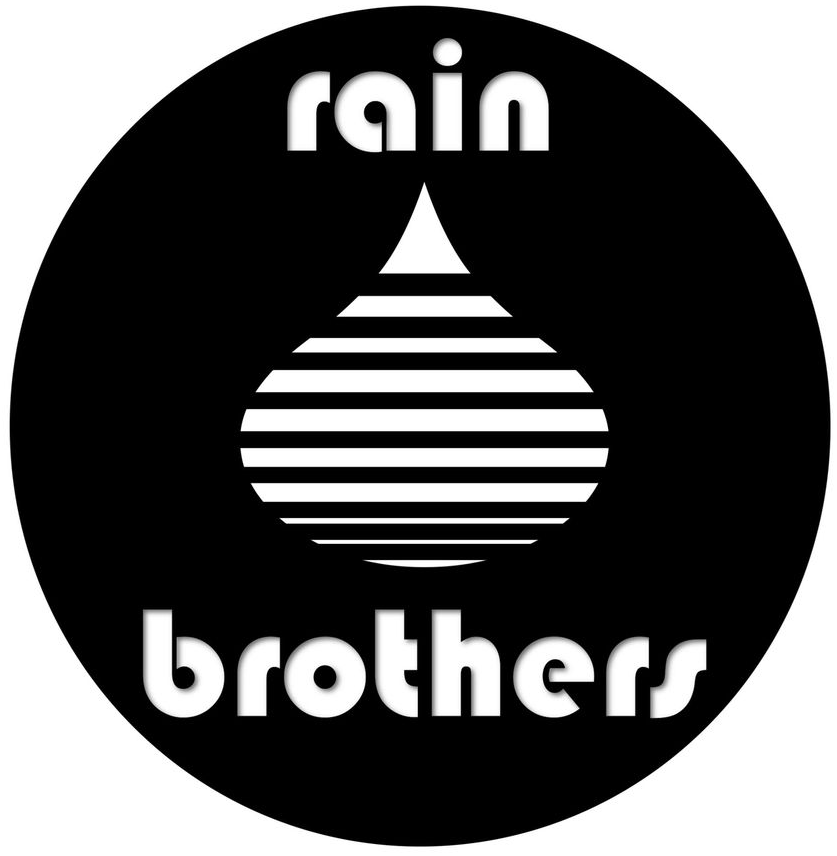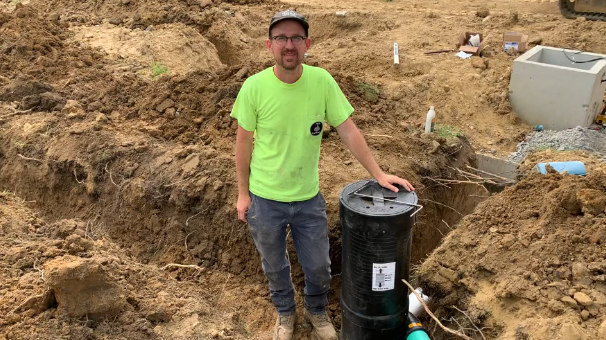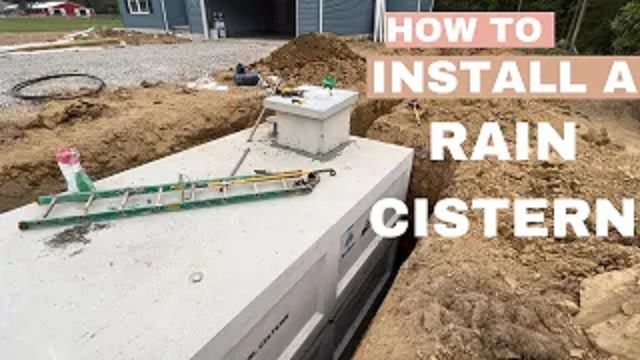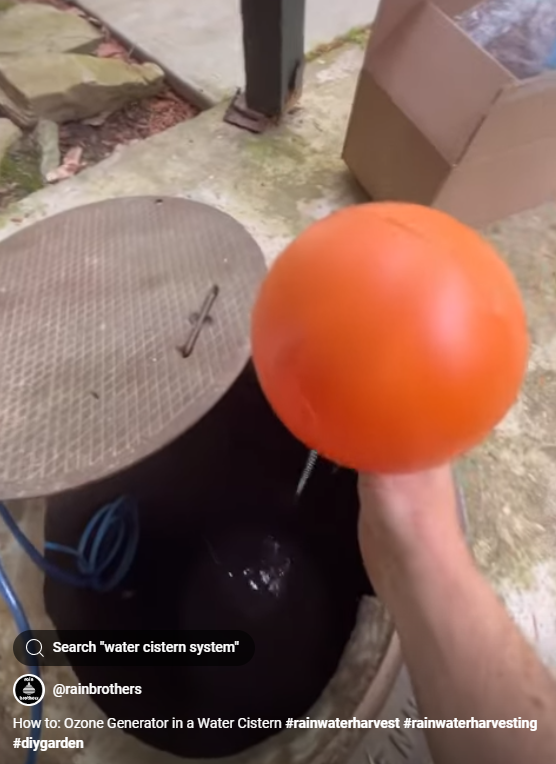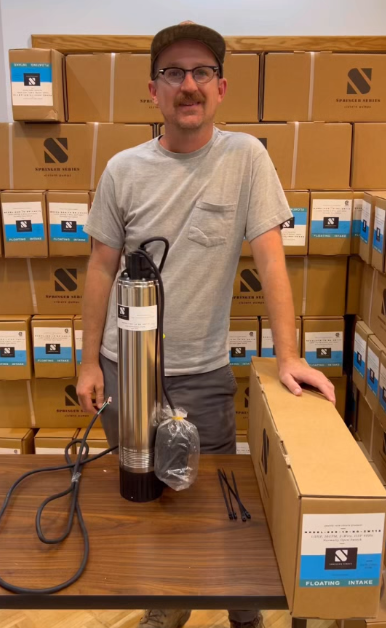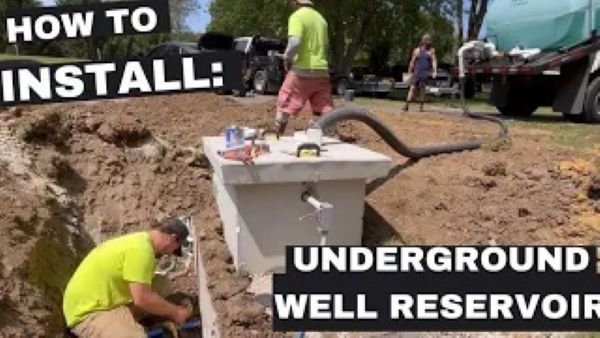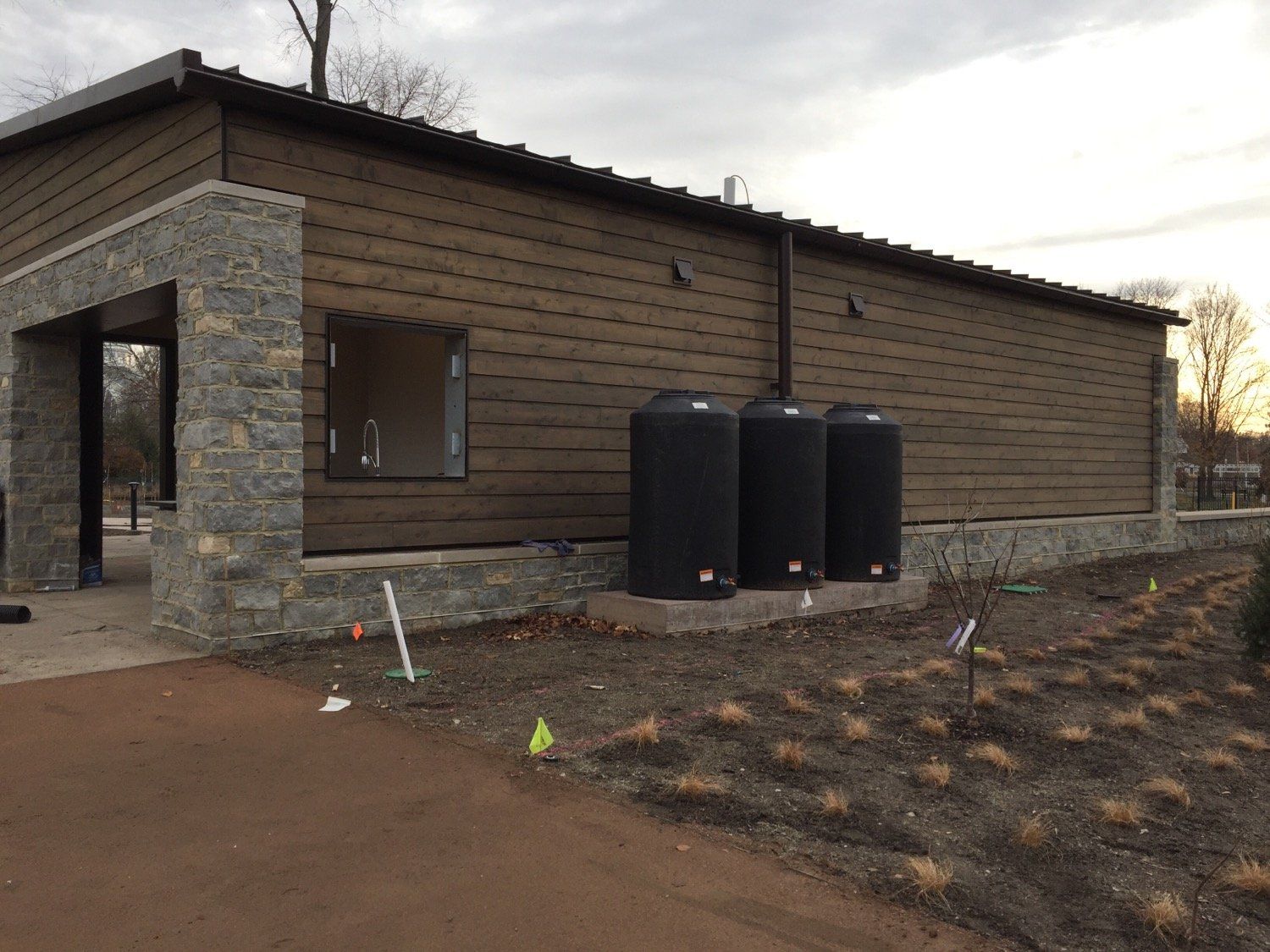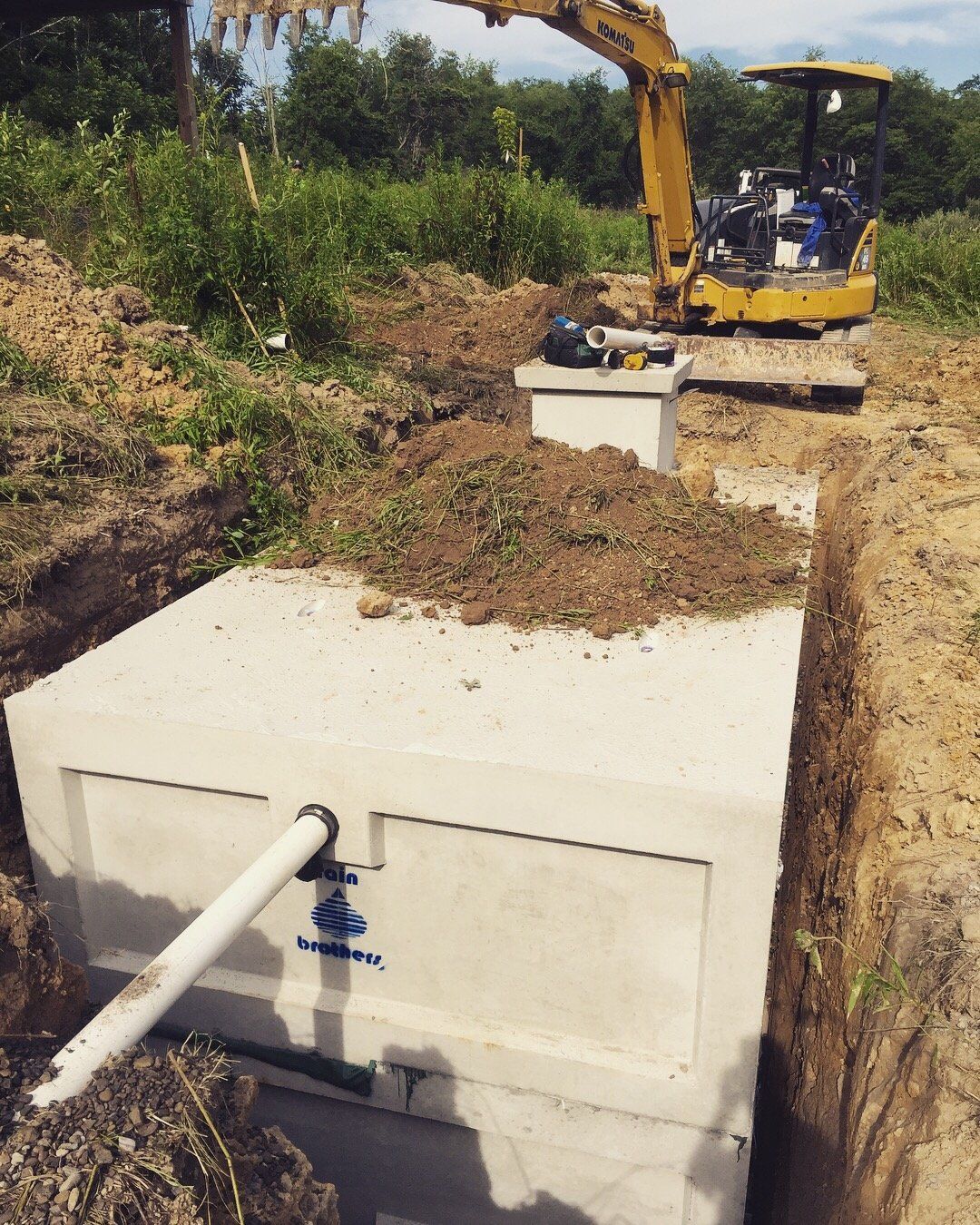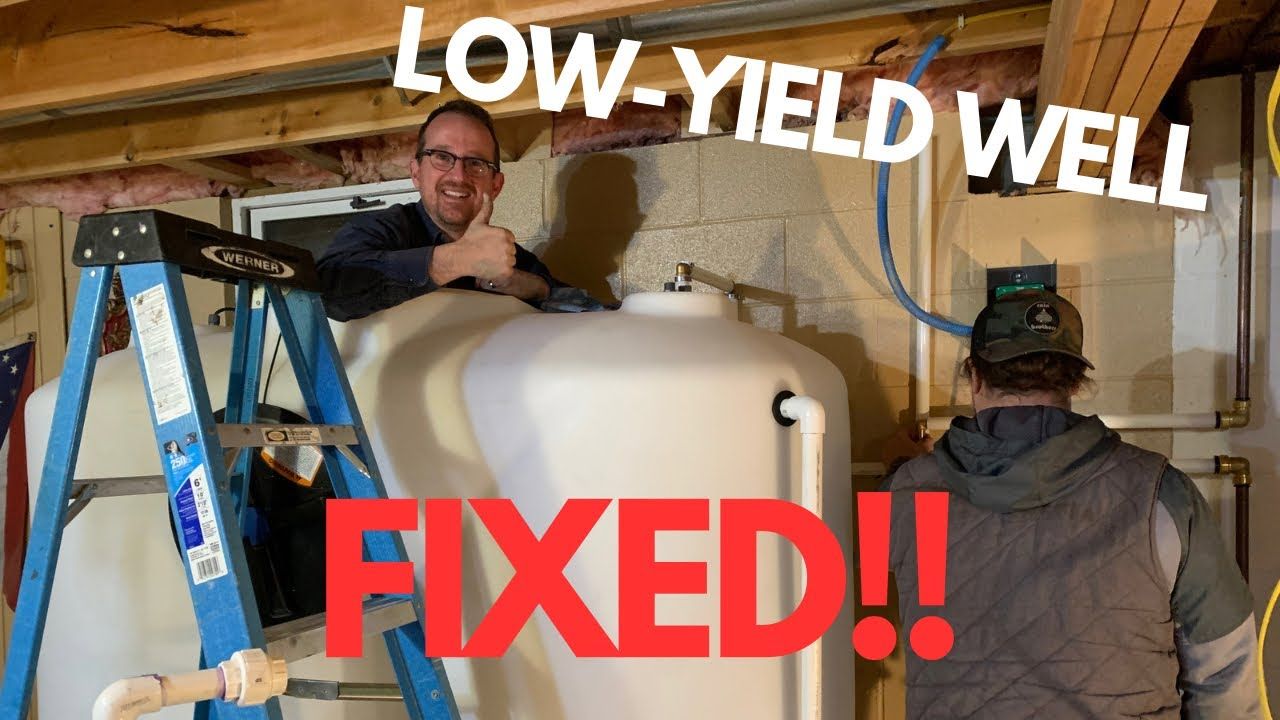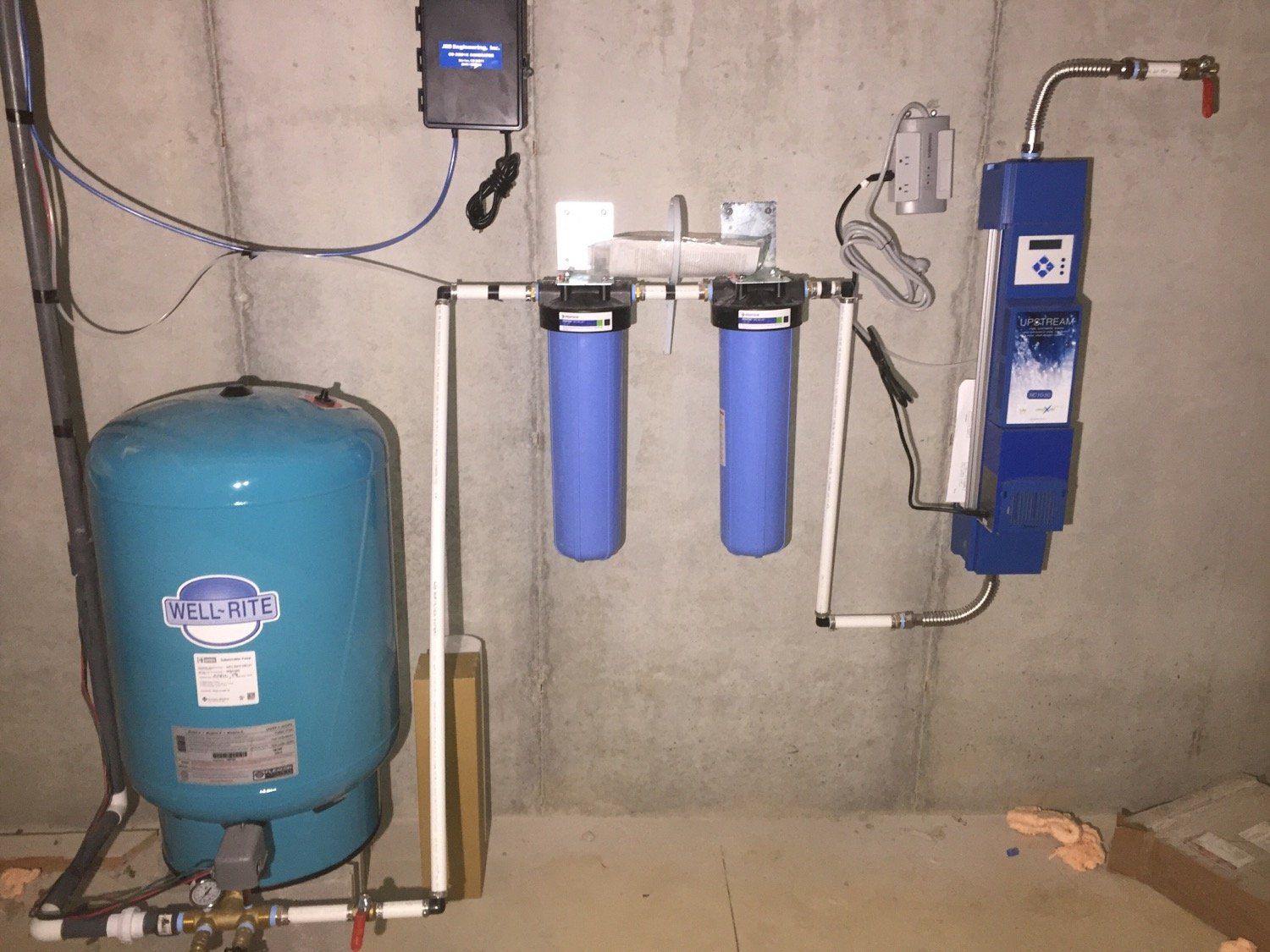Do UV Sterilization Systems Really Work?
Do UV Sterilization Systems Really Work?
There’s some skepticism about whether UV sterilization systems really work to kill bacteria in the rainwater we harvest for human consumption. All you have to do is Google it and you’ll see the “flat earth” comments out there that say that UV lighting is useless for disinfecting anything.
In fact, those bloggers are wrong. The Center for Disease Control (CDC) , the agency tasked with combating some of the world’s most terrible bugs, actually commissioned a study on UV light. This blog will set the record straight about UV sterilization systems and their impact on the rainwater you capture and clean in order to drink or bathe in it.
How Does UV Sterilization Really Work?
UV stands for ultraviolet and that’s a type of light wave on the visible spectrum that we encounter most frequently in sunlight. UV waves can sterilize water but it can also give you skin cancer.
What you may not know is that UV light does not actually kill bacteria. In fact, UV light renders bacteria unable to reproduce, which means those little invisible bugs in the rainwater can’t harm us. The AmericanWater Works Association (AWWA) points out that what really happens when we irradiate these microorganisms, is that the UV light changes the cells of these bugs to keep them from replicating and causing illness in humans.
When harvesting rainwater, step one is to capture it in a holding tank, or cistern. The water that is used indoors must be filtered for sediment removal before being disinfected. Here’s a good infographic to show you the steps needed before consuming rainwater.
But before using rainwater indoors , there are a few hurdles to overcome and one is sterilization. The CDC published a study a few years ago that reinforced prior research saying that UV sterilization is an extremely effective germicidal mechanism for destroying the ability of bacteria to hurt humans. In fact, UV sterilization is so effective it is recommended for use on hospital surfaces where some very serious germs can be found.
- It’s very effective to rid the water of Cryptosporidium and Giardia.
- It doesn’t alter the water quality like it would if you used a chemical to clean the water.
- It’s an inexpensive option for eliminating protozoa.
- It’s simple to operate, easy to install, and takes up very little space.
So how are UV sterilization systems working together with rainwater harvesting systems?
UV Sterilization and Rainwater Harvesting
Rain Brothers specializes in installing rainwater harvesting systems. To make the water potable (drinkable) we also install Class A andClass B UV sterilization systems. A ClassA system , when sized and used properly, can fully clean rainwater for human consumption. While a Class B system is less expensive, you must utilize a secondary method for cleaning the rainwater, such as using a chemical to clean the water before consuming it.
Rain Brothers installs these systems all over the Midwest in commercial and residential applications. We have first-hand experience in how to harvest rainwater, filter it, and clean it properly with UV sterilization. Talk with us today about your options.
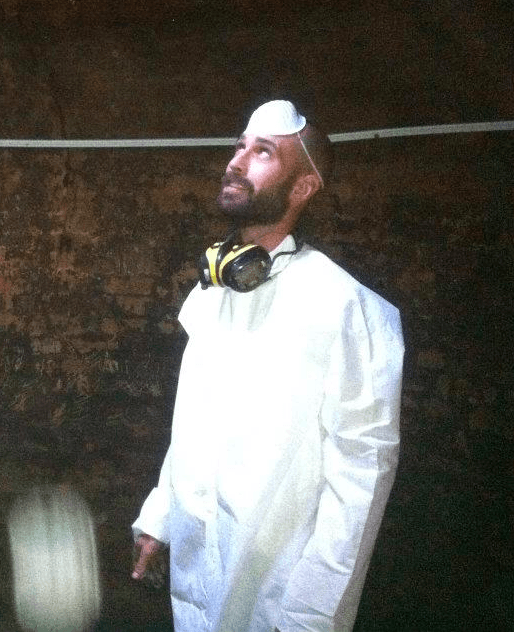
Links
Contact
937-949-1100
- Call or Text
catchingtherain@gmail.com
Cistern Living Community
Do you have a question about living with a cistern? We’re here to help! Join CisternLiving.com, sponsored by Rainbrothers, to connect with experts and a community of cistern owners. Your question could help others—sign up today and be part of the conversation!
Cistern Cleaning & Sealing Services
We provide professional cistern cleaning and sealing services within a 120-mile radius of Yellow Springs, Ohio, covering the following counties:
Butler, Champaign, Clark, Clermont, Clinton, Darke, Delaware, Fayette, Franklin, Greene, Highland, Madison, Miami, Montgomery, Pickaway, Preble, Ross, Shelby, Union, Warren.
Contact us today for reliable and professional cistern maintenance services!
Rainwater Harvesting Cisterns & Systems for Low-Yield, Low-Producing Wells
All Rights Reserved | Rain Brothers LLC
